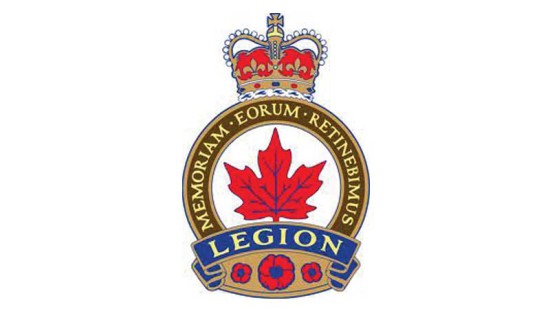June 2016 – If you see what you think may be a sick, injured or abandoned animal, don’t remove it from its natural habitat. It may not need assistance and you could do more harm trying to help.
Determining if Wildlife is abandoned
Some species leave their offspring alone temporarily, especially during the day. For example, deer and cottontail rabbits spend much of the day away from their well-camouflaged offspring to minimize the chance of predators finding them.
To determine if a young animal has been abandoned, check it periodically for 24 to 48 hours to see if it is still around. Keep your distance. Keep cats and dogs away from the area. The adult animal may not return if it is noisy or if predators or people are close by.
Figuring out what to do
Contact your local Ministry of Natural Resources and Forestry office to learn more about what you can do to help:
- Visit ontario.ca/mnrfoffices to contact your local district office
- Call the Natural Resources Information Centre at 1-800-667-1940 from Monday to Friday, 8:30 a.m. to 5 p.m.
- View the rescue a sick, injured or abandoned wild animal webpage
- View a list of wildlife rehabilitators who have agreed to have their contact information included on the ministry’s website.
Signs of Injury or Illness
- Blood, wounds or swelling on the body
- Body covered in fleas
- Unusual or uneven loss of fur or feathers
- Substantial hair loss or with visible winter ticks
- Difficult or raspy breathing or sneezing
- A dangling leg or wing
- Closed eyes and head tucked under wing
Care Necessary to Help the Animal
- You cannot keep wildlife in captivity without approval from the Ministry of Natural Resources and Forestry. However, a person may temporarily possess a wild animal for up to 24 hours to transport it to a wildlife rehabilitator or veterinarian.
- Contact a wildlife rehabilitator who can help you assess the situation and provide advice on what to do.
- In rare circumstances, immediate and specialized care is necessary to help an animal. If specialized care is needed for a wild animal, take it to a wildlife rehabilitator or a veterinarian within 24 hours.
- Take care in handling any wild animal. If you must handle the animal, follow the instructions provided by the wildlife rehabilitator on how to minimize risk of injury to yourself and to the animal.
- Wear protective clothing and equipment, such as leather gloves, to avoid bites or scratches, and wash hands after handling the animal.
It is important to recognize that many volunteer-operated wildlife rehabilitation organizations have limited capacity to accept animals, especially in the spring.
Diseased or Dead Wildlife
To report dead animals, including birds or bats, contact the Canadian Wildlife Health Cooperative at www.cwhc-rcsf.ca/ by email at on-nu@cwhc-rcsf.ca or by calling 1-866-673-4781.
If you suspect there is a public health risk from a sick wild animal, such as rabies, or you or your pet had contact with a suspected rabid animal, contact your local Public Health Unit immediately. For more information, call ServiceOntario toll-free at 1-866-532-3161. If left untreated, rabies is fatal for humans and animals. Symptoms of rabies and several other diseases in animals can include tremors, aggressive behaviour, partial paralysis, convulsions, and loss of fear of humans.
For information on wildlife in captivity, visit ontario.ca/environment-and-energy/keep-wild-animals-captivity.
For more information on wildlife, visit ontario.ca/wildlife.




